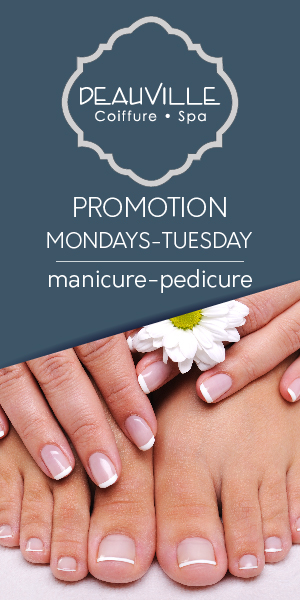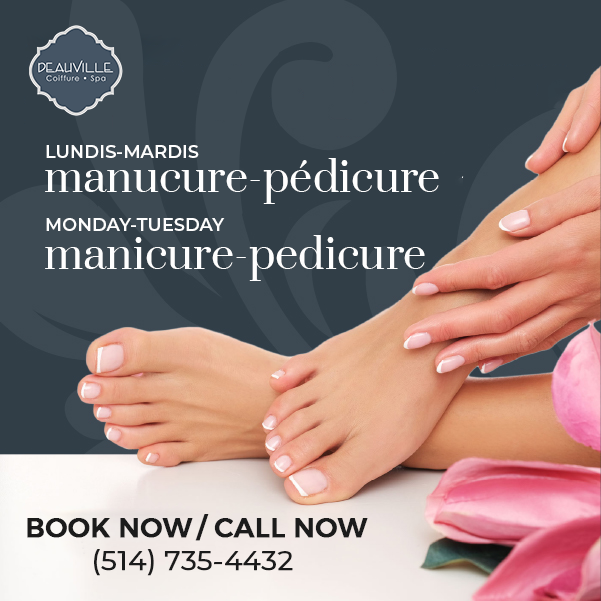
Keratin treatments can give your locks shiny, sleek locks that are easier to manage – and may even eliminate frizz!
However, if not performed correctly it can result in damage and breakage of items.
Keratin straightening treatments contain toxic chemicals like formaldehyde to rearrange hair bonds and straighten your locks.
1. Damaged Hair
Keratin treatments promise glossy, manageable locks; however, they can actually damage your tresses over time. While the treatment itself doesn’t cause much heat damage, using a flat iron after applying can result in heat-induced damage which may lead to significant hair loss or breakage later.
Keratin treatments present serious potential dangers due to formaldehyde emissions during application and straightening processes, releasing carcinogenic formaldehyde compounds into the environment that could create health concerns in salon professionals who regularly offer such treatments.
Many salons now offer formaldehyde-free keratin treatments. Be sure to inquire whether or not your stylist uses Goldwell Kerasilk, which uses an alternative chemical known as glyoxylic acid to lock keratin into place instead of formaldehyde, which may be less damaging and straighten your strands more slowly; however, maintenance costs could increase over time since frequent applications will need to be done in order to maintain smooth strands.
2. Split Ends
Brittle and dry hair can lead to split ends. These frayed ends resemble unraveled rope ends and can be detected when inspecting your strands under bright lighting conditions. They’re a telltale sign of heat, chemicals, or environmental damage on your locks that needs immediate attention.
Preventing split ends can be achieved with regular trims and refraining from using heated styling tools on wet hair, especially during styling sessions. Zinc and iron supplements, drinking more water, and staying hydrated may also prove helpful.
If you are contemplating a keratin treatment, be sure to opt for one labeled as formaldehyde-free to limit any irritation to your scalp and face. Furthermore, ensure you use only sulfate-free shampoo when washing your hair after each keratin application and always blow-dry with a heat protectant product for best results – this will extend its longevity!
3. Hair Loss
Keratin used for hair treatments can contain formaldehyde (which has been linked to cancer), as well as other chemicals harmful to both your scalp and follicles. When applied, these chemical products vaporize, leading to sore throats, coughing fits, eye irritation, nosebleeds and asthma attacks among others.
Keratin treatments require exposure to heat which dries out your strands, leaving them more susceptible to breakage, split ends and brittleness. Dehydration also hinders its ability to absorb nutrients from food sources like diet.
After receiving a keratin treatment, it’s vital that you drink lots of water to ensure your hair remains hydrated and healthy. Deep conditioning your locks once or twice every week may also help ward off potential damage caused by the treatment.
4. Dry Hair
Keratin treatments are intended to straighten wavy or curly locks, but they can have the opposite effect when applied to dry, frizzy locks. Frizzy hair tends to resist being reshaped by heat treatments alone; for best results, combine these heat treatments with shampoo treatments in order to get straightened results.
Keratin treatments offer a solution, breaking disulfide bonds to relax and smooth out your hair without creating frizz or volume. Stylists use this treatment to give their clients smooth hairstyles without frizz or knots.
Unfortunately, these treatments often contain formaldehyde – a known carcinogen and potentially lethal if inhaled. There are now formaldehyde-free keratin products on the market but their safety hasn’t been demonstrated compared to their predecessors.
Keratin treatments can significantly alter your hair’s natural composition over time, and can make it too dry, making brushing or styling it harder and leading to more broken strands breaking off as you brush through. That was why Jennifer Aniston cut her once flowing locks into a short chin-length bob in 2013 in order to revive the life in her once vibrant locks.



